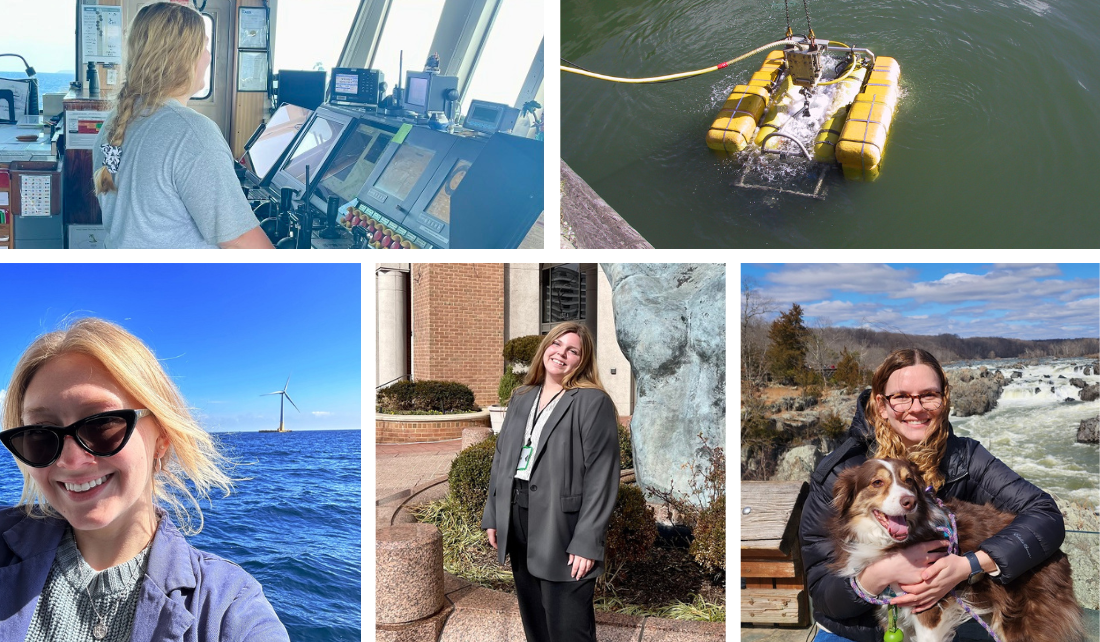
Located in Washington, D.C., the Sea Grant Knauss Fellowship provides a unique educational and professional experience to graduate students who have an interest in ocean, coastal and Great Lakes resources, and in the national policy decisions affecting those resources. This is a one-year fellowship open to any student, regardless of citizenship, who is enrolled toward a degree in a graduate or professional program on the day of the deadline.
The application deadline for the Knauss Fellowship is February 15, 2024. Please contact Angela Archer, amcbride@purdue.edu, before submitting an application. This is to ensure that candidates understand the expectations of the fellowship and that every application has all required materials.
Students enrolled at an Illinois or Indiana university or college should submit their applications through Illinois-Indiana Sea Grant (IISG) by emailing Angela Archer at amcbride@purdue.edu. Students in surrounding states without a Sea Grant program should contact the National Sea Grant College Program at oar.sg.fellows@noaa.gov for a referral.
For more information about this fellowship, other opportunities and application requirements, visit the IISG fellowship page.
Illinois-Indiana Sea Grant is a partnership between NOAA, University of Illinois Extension, and Purdue University Forestry and Natural Resources, bringing science together with communities for solutions that work. Sea Grant is a network of 34 science, education and outreach programs located in every coastal and Great Lakes state, Lake Champlain, Puerto Rico and Guam.

